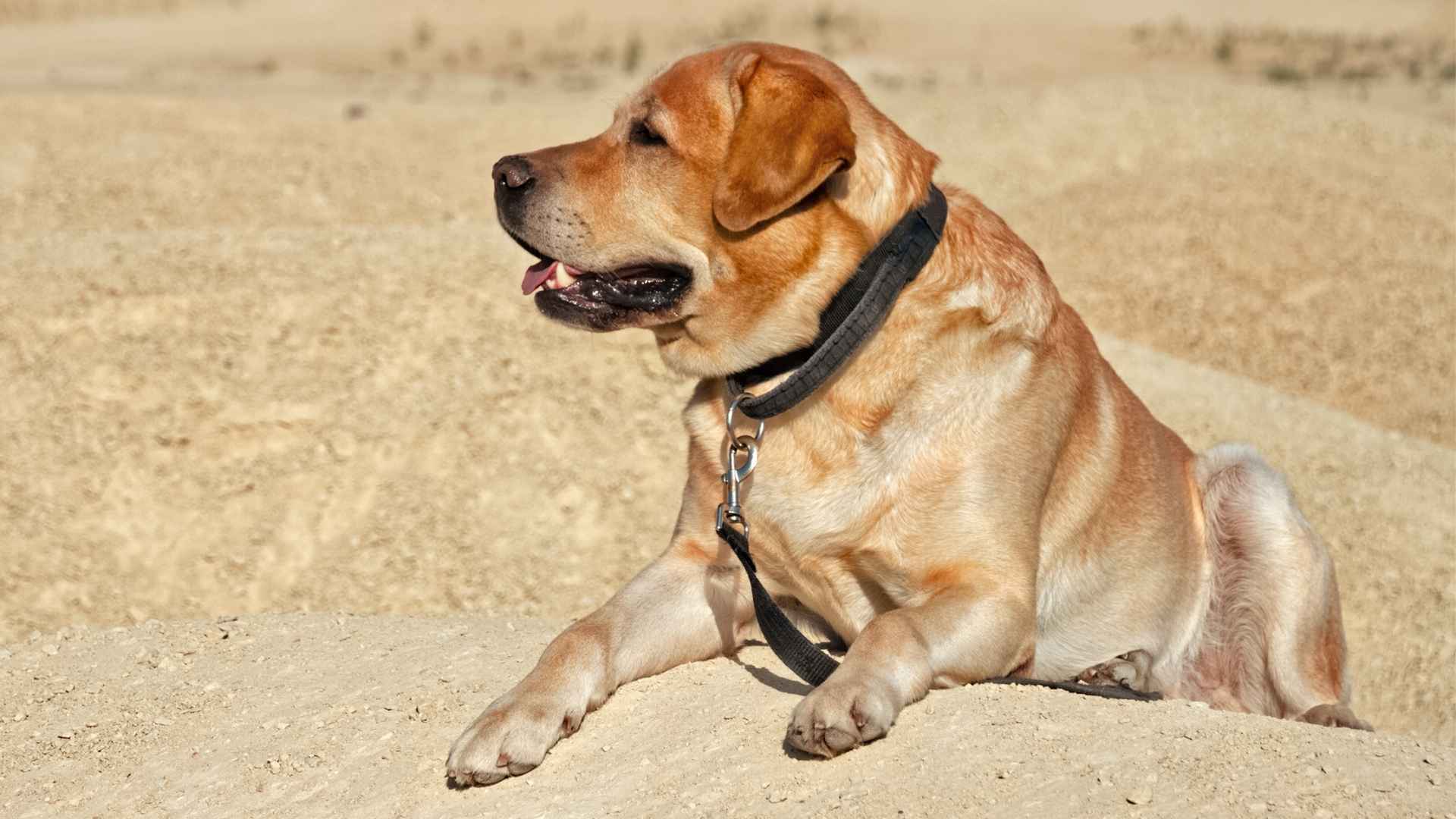Heat doesn’t care who you are. When someone disappears in the desert, one of the most punishing environments on Earth, it’s not just people searching. Dogs go in, too. And not just any dog. These are focused, trained, tough-as-nails canines who know how to read a scent, cut across dry wind, and keep going when others would quit.
They’re more than companions, they’re rescuers. You see it clearly in dogs like Inspector Gadget, a Bloodhound whose real-world work with the California Rescue Dog Association earned him national recognition. The American Kennel Club (AKC) honored him with a Humane Fund Award for Canine Excellence, proving that SAR work isn’t just about instincts, it’s about dedication, training, and trust.
So what’s the best dog for desert search and rescue? That’s not a one-size answer. Some excel in nose work. Others push through the heat like it’s nothing. A few were originally bred for tough terrain and long days under the sun. These dogs don’t just search, they save. Below, we break down the top breeds that thrive in desert rescue work, the SAR dogs that teams count on when lives hang in the balance.
Best Dog Breeds for Desert Search and Rescue
These exceptional breeds combine grit, intelligence, and endurance, traits every desert search and rescue mission demands. Each brings a unique strength to the job, from tracking scents to protecting and locating survivors.
1. Australian Shepherd
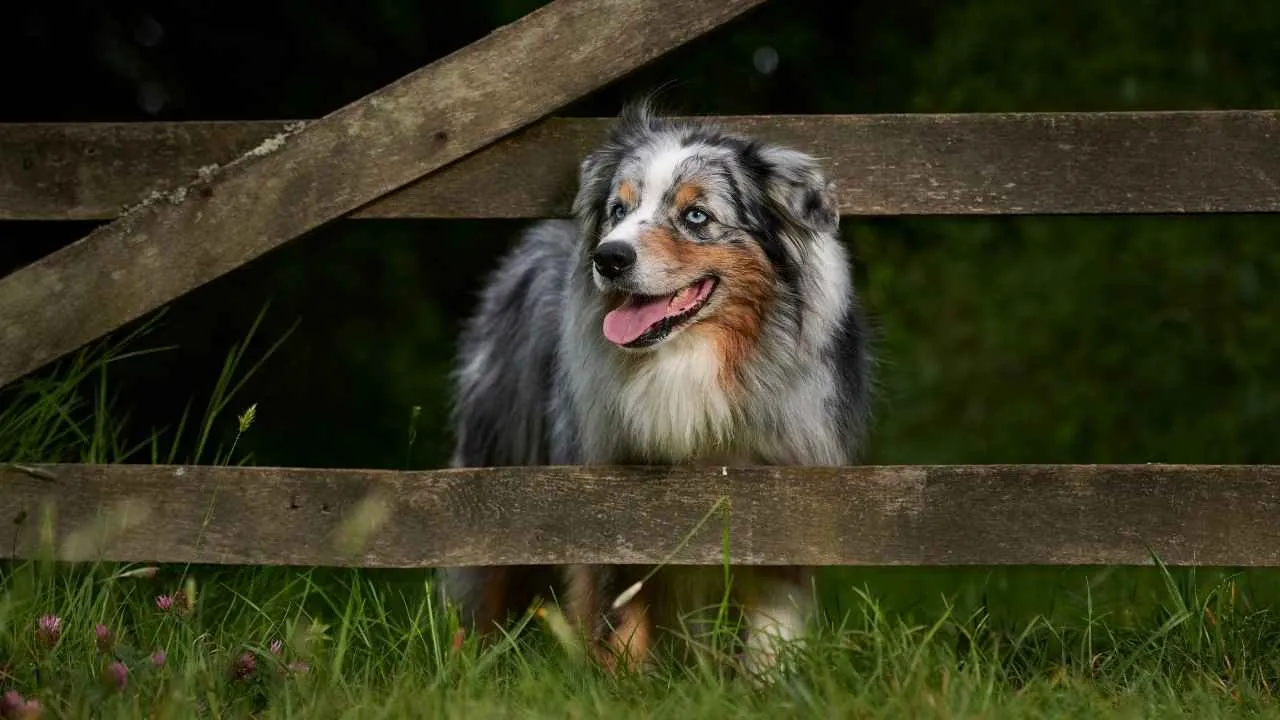
Quick to think, quicker to move, Australian Shepherds seem to operate two steps ahead of most. They’re compact, agile, and built for real work. Dusty terrain? Rocky inclines? Doesn’t face them.
These dogs adapt on the fly. And with their medium-length coat offering decent heat tolerance, they manage surprisingly well in harsh conditions. Energy pours out of them like it’s endless.
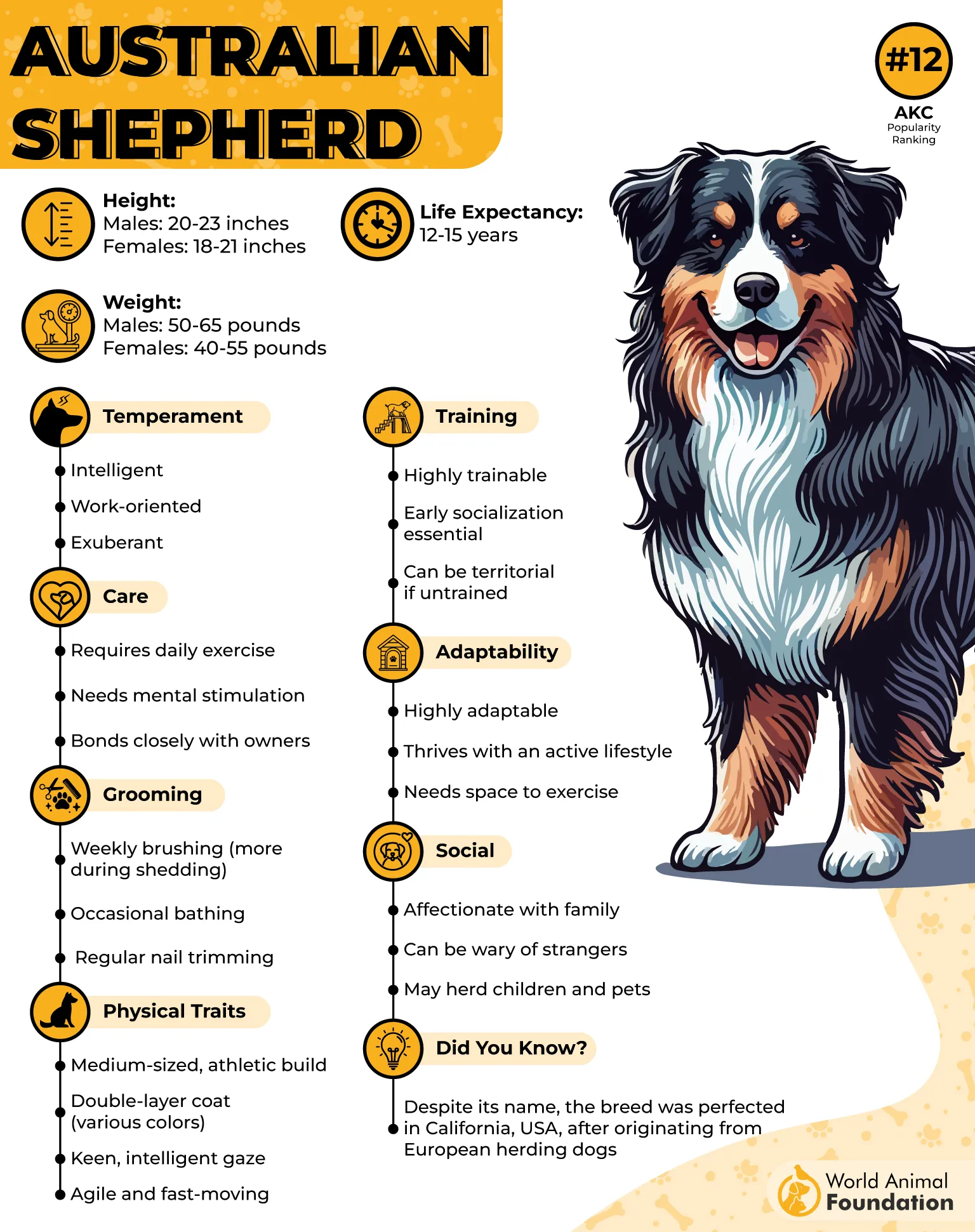
Their Intelligence Makes Them Natural Rescue Specialists
Organizations like the PDSA often spotlight Australian Shepherds for roles in search and rescue, not just because they’re bright, but because they’re so responsive to training. They don’t just follow commands.
They seem to process and interpret. In real-world SAR scenarios, that kind of thinking matters. An Aussie will notice things, movement, scent, shift, visual cues, and act before being asked.
2. Labrador Retriever
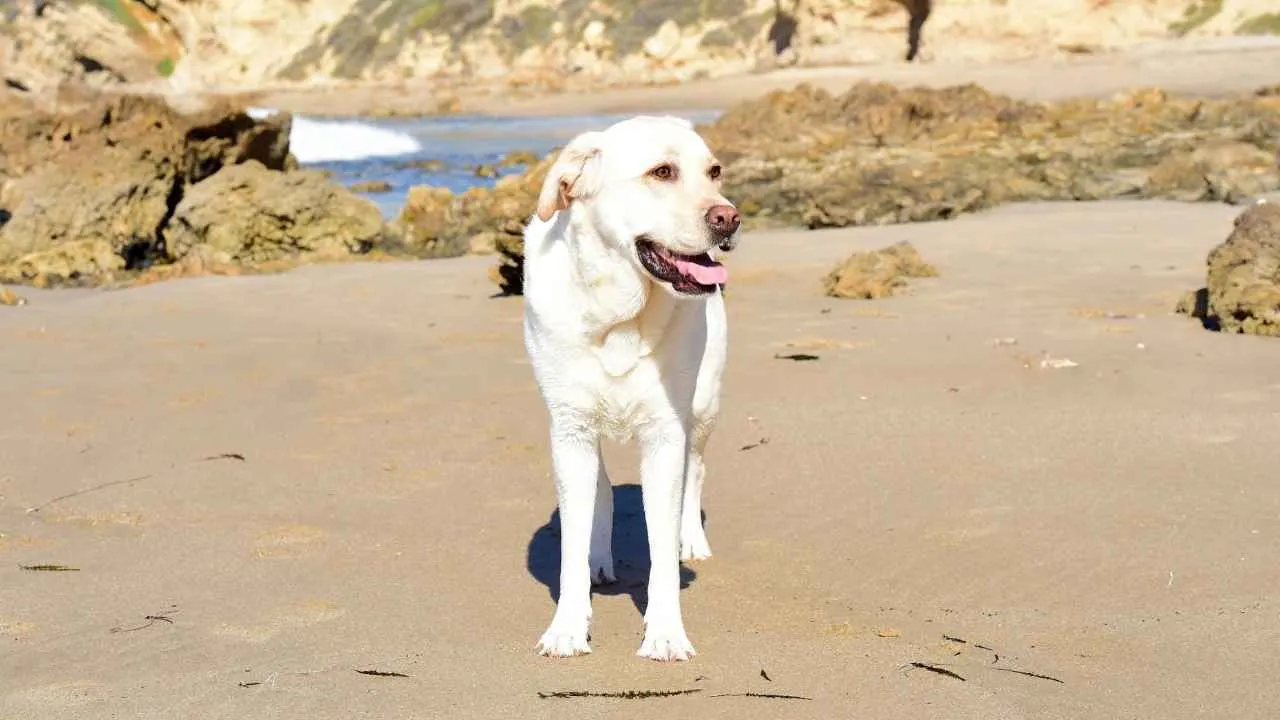
Ask any SAR trainer to name the top three choices, and Labrador Retrievers will almost always make the cut. They don’t need any introduction as they are among the most popular dog breeds.
These dogs are famously dependable, and their ability to thrive in different environments, yes, including deserts, is well-documented. Their drive to please means training sticks. Their endurance makes them ideal for long-haul operations.
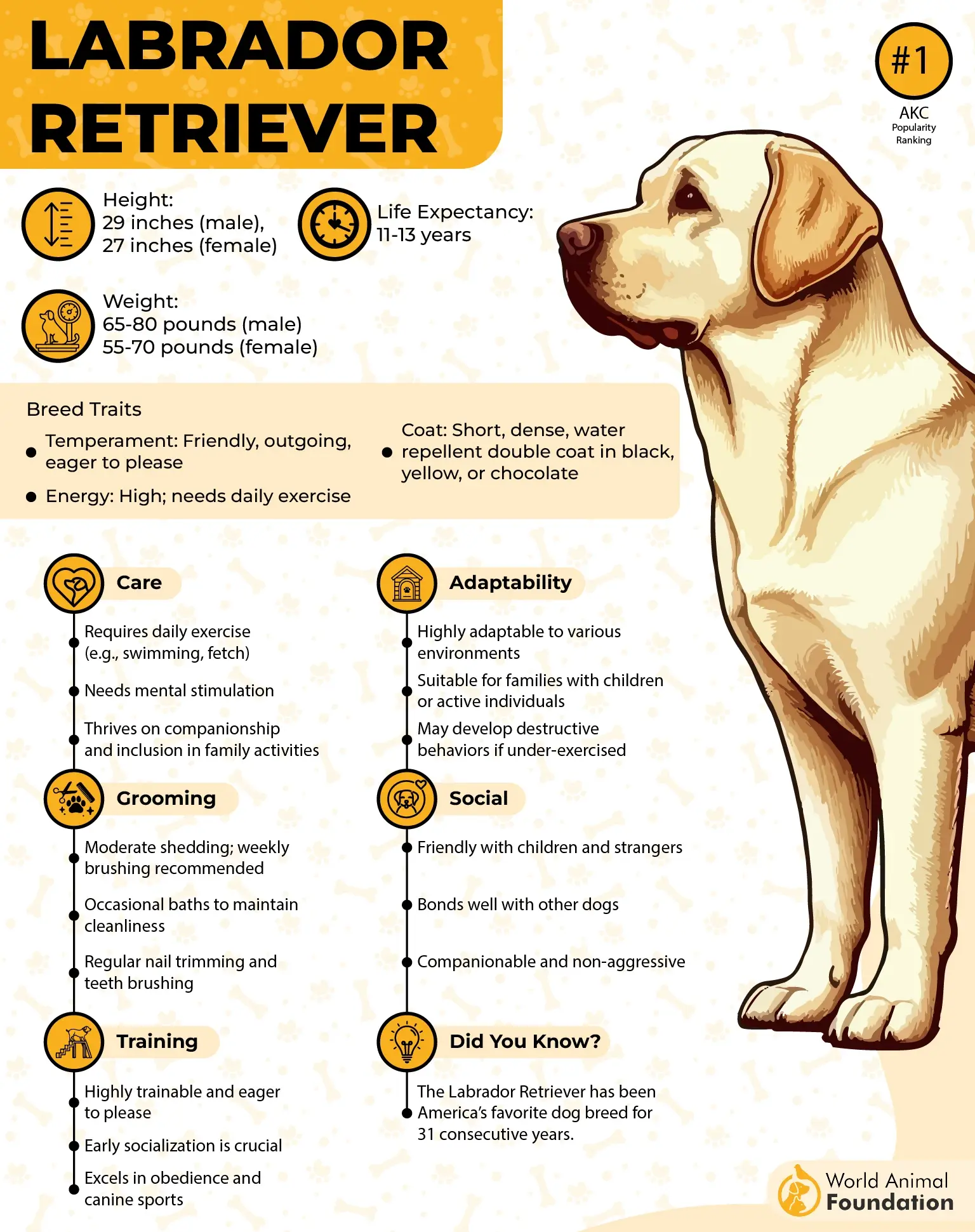
Labs Are Nose-First, Heart-Second, Always Focused
Not only do Labrador Retrievers excel at finding survivors, but they’re also widely respected as cadaver dogs. That mix of intelligence, emotional awareness, and scent detection creates a well-rounded SAR dog that can handle pressure. Labs are good with kids, strangers, and other dogs, and they are ideal for crowded rescue scenes.
3. German Shepherd
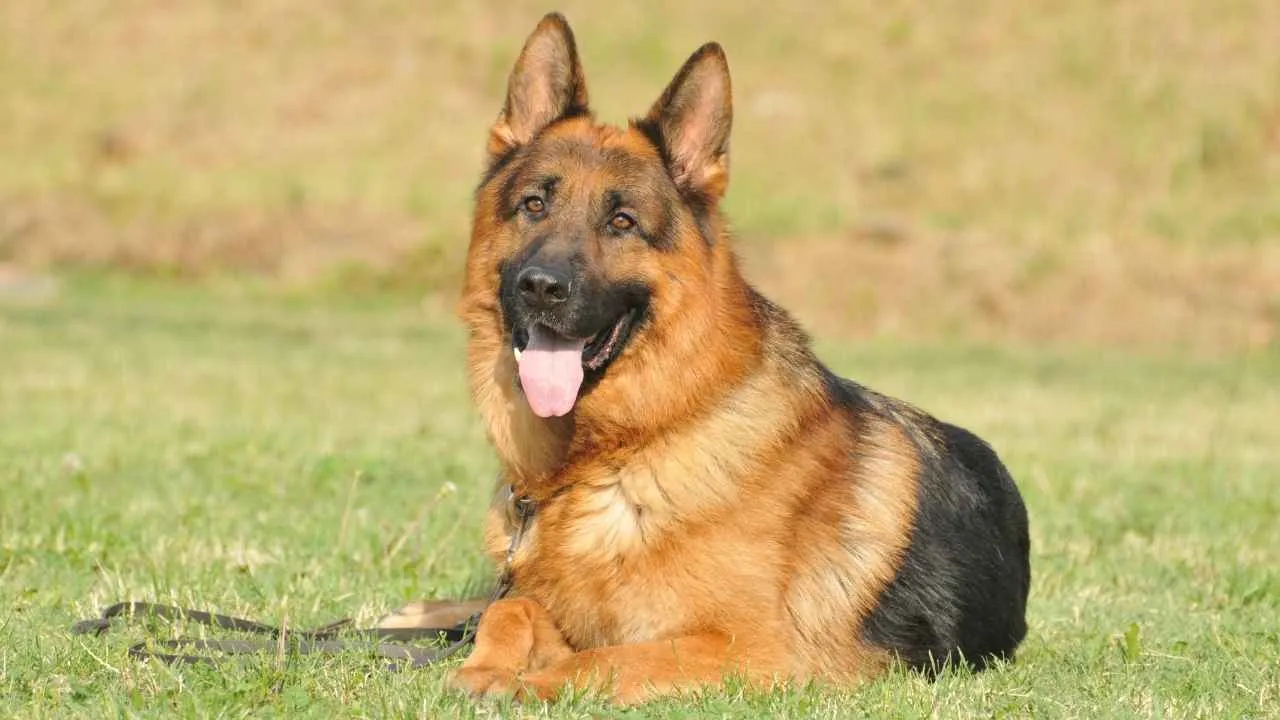
Few dogs are as mission-driven as the German Shepherd. These canines don’t just take orders; they seek out responsibility. They’re built strong, move with confidence, and carry themselves like they understand the stakes.
In desert terrain, where heat and unpredictability are constants, they hold up impressively well. A good one will power through with single-minded focus, tracking scent trails through scorching dirt without losing stride.
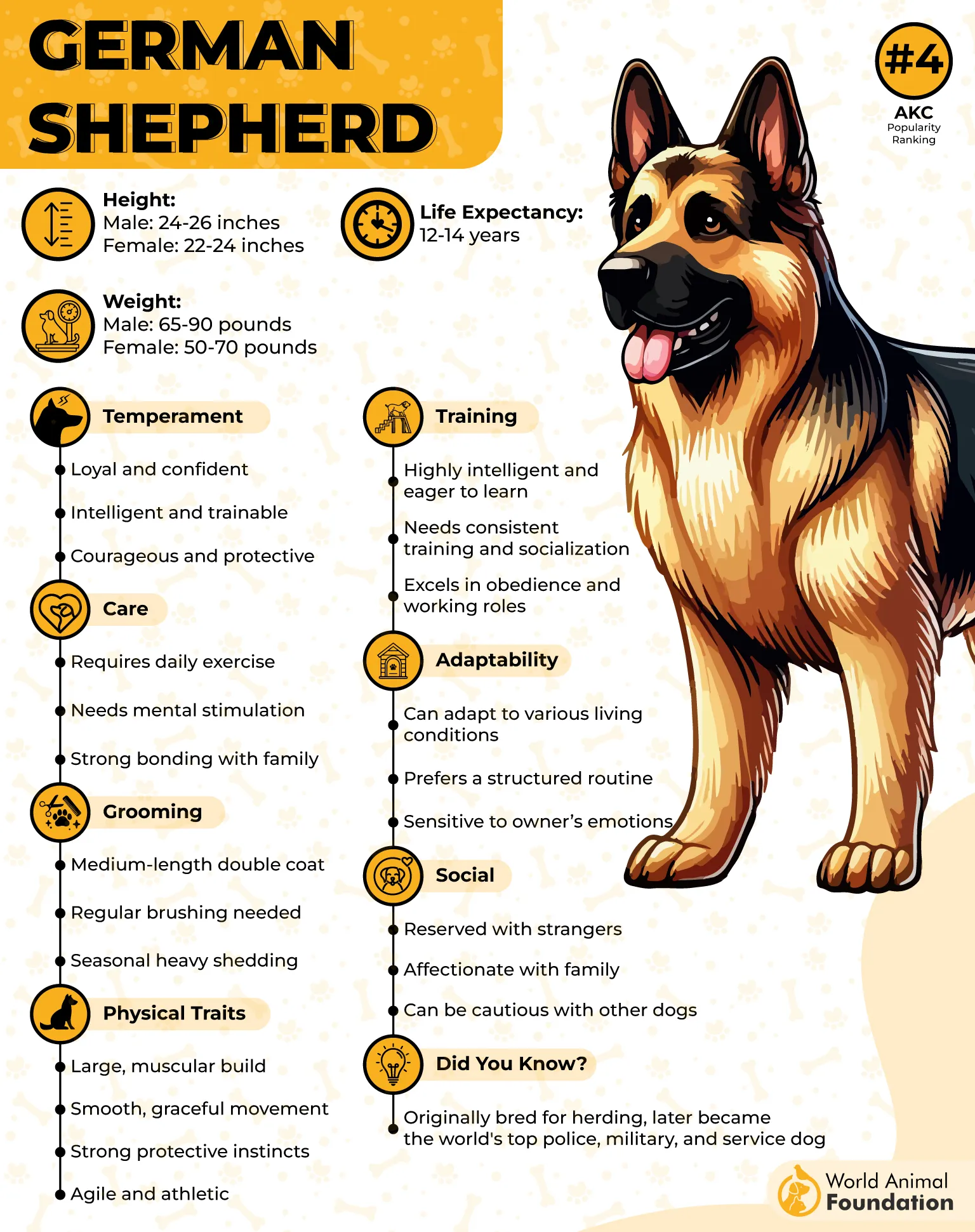
Purpose Fuels Their Performance in the SAR Work
According to WebMD, German Shepherds are naturally courageous, crave mental and physical stimulation, and often carry a deeper need to serve something bigger than themselves.
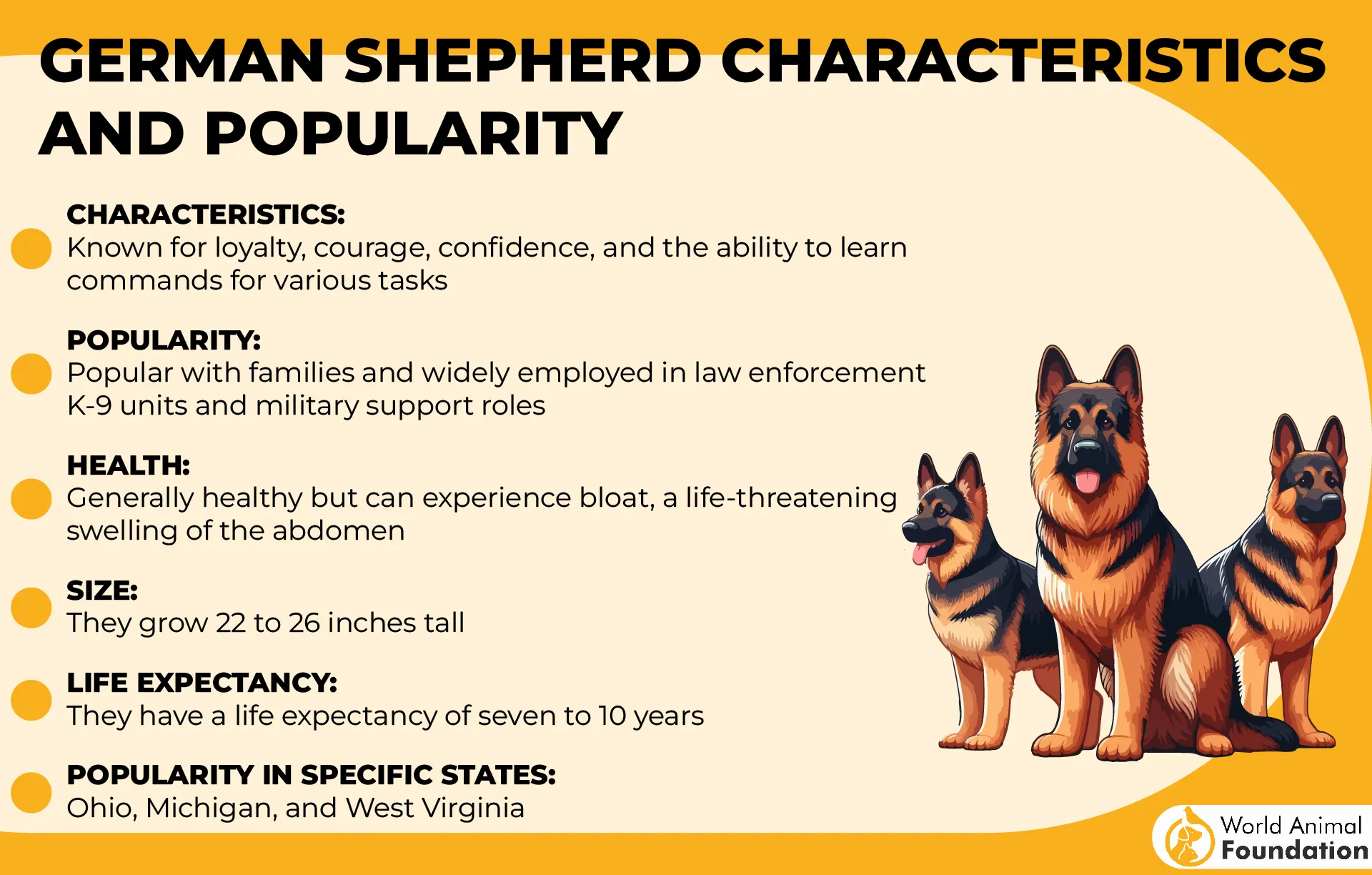
That’s not just fluff; it shows in how they operate during SAR work. They obey commands and anticipate them. And once bonded to their handler, they become fiercely loyal.
4. Basset Hound
Short legs, long ears, and one of the best noses in the canine world, that’s the Basset Hound. They won’t win sprints, but give them a trail, and they’ll follow it with monk-like devotion. While they don’t love high heat, they’re usable in short-track missions or where fine scent detail is vital. Sutbborn? Yes, but sometimes, that’s what makes them great.
Not Fast, But They’ll Never Quit a Trail
Bassets are slow, sure. But they’re accurate. Used properly, they can supplement faster SAR dogs in multi-dog efforts. Especially useful in collapsed building scenarios where scents settle low, close to ground level. They aren’t great with rough terrain or complex commands, but when given one clear task, to sniff, to search, to follow, they get it done.
5. Newfoundland
The Newfoundland isn’t a breed you’d imagine in the desert. However, under certain conditions, they can play unique SAR roles. Think deep ravines, shaded rescue paths, or late-day operations.
Their size allows them to assist in physical rescue, especially involving weight-bearing or emotional support roles. They’re calm when others panic. Their bark is low and comforting. People trust them instinctively.
A Calming Presence in the Chaos
Newfoundlands were built for cold, but with adaptation, they serve well in multi-phase SAR missions. That includes animal-assisted support once survivors are found. Their thick coat does need managing in heat, and water access is non-negotiable.
But what they bring emotionally is hard to teach. In a team, they reduce stress. Around survivors, they bring comfort. They aren’t fast, but they’re powerful in more ways than one.
6. Bullmastiff
Big, bold, unshakable, that’s the Bullmastiff. Originally bred to guard large estates from intruders, their calm but imposing presence carries over into search and rescue roles surprisingly well. They move like tanks, slow but deliberate, and are brave to the core.
Loyalty in Muscle and Mind
Not your typical SAR dog, the Bullmastiff brings protection instincts that many rescue teams appreciate in dangerous zones. If there’s a risk of wild animals, unstable terrain, or even aggressive people, this breed watches your back. They’re tough, steady, and won’t panic. That matters in chaotic scenes.
7. American Staffordshire Terrier
Fast, focused, underestimated. The American Staffordshire Terrier isn’t always on SAR lists, but that’s changing. They’re muscular, surprisingly agile, and born to solve problems. Originally built for determination-heavy tasks, they do exceptionally well with structured training and hard physical challenges.
Tough Dogs with a Tender Streak
AmStaffs are strong and think fast, too. Their drive for mental and physical stimulation means they love search tasks. Scent tracking? Check. Obstacle clearing? Done. Emotional resilience? High. They form intense bonds with handlers and can even be used in roles involving kids, thanks to their people-friendly side.
8. Bernese Mountain Dog
Large, gentle, and surprisingly versatile, the Bernese Mountain Dog doesn’t immediately scream “desert rescuer.” And yet, with the right conditions and care, this powerful breed has shown surprising value in specialized search and rescue roles. They carry themselves calmly in tense situations.
Quiet Power and Emotional Intelligence
There’s a reason Bernese are often used in therapy and support environments; they read humans better than most. When a person is found, injured, scared, or in shock, these dogs anchor them. Not barky or frantic, just calm, steady, and warm. They work in rescue teams that focus on emotional recovery as much as physical extraction.
9. Bloodhound
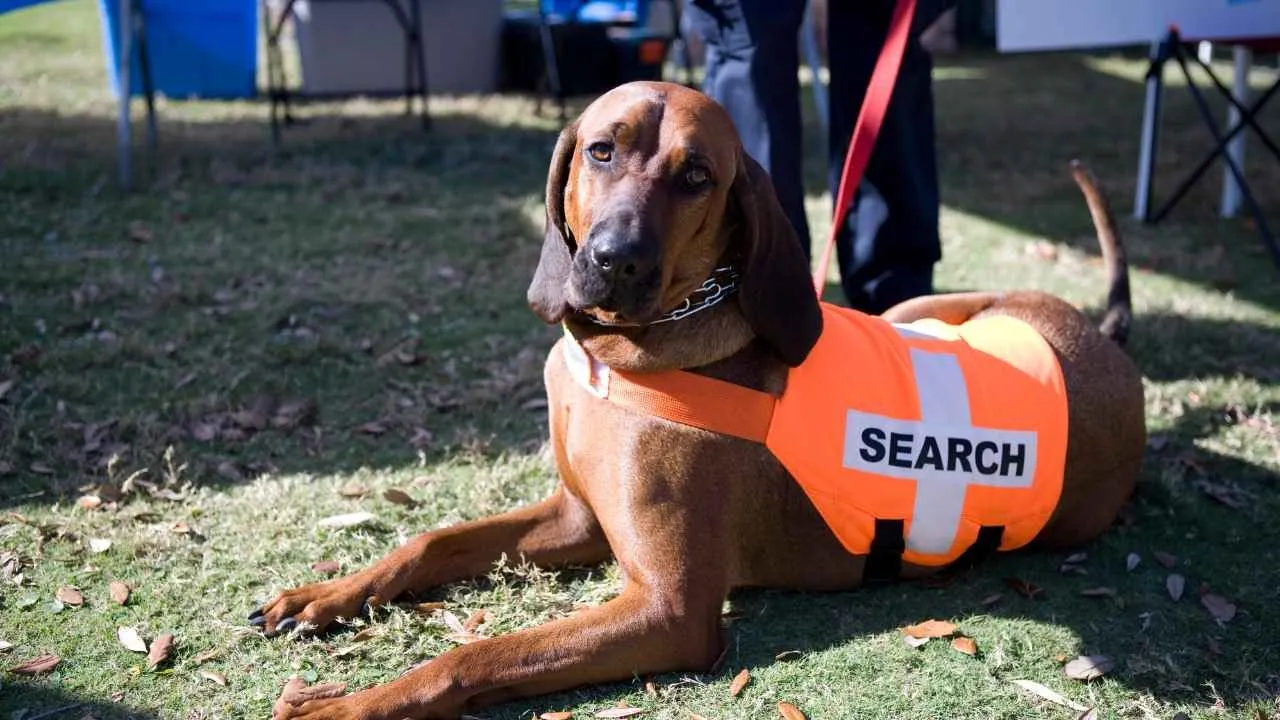
The bloodhound isn’t built for speed, but what it lacks in pace, it makes up for tenfold in scent power. Few dogs can track like this one. With their nose to the ground, they’ll follow a trail through shifting desert wind, over cracked stone, and across miles of nothing. And when they lock onto a scent, they don’t stop, ever!
Scent tracking, So Precise It Holds Up in Court
PetMD notes that Bloodhounds are not just known for their SAR work; their scent trails are so reliable that they’ve actually been accepted as evidence in legal cases. That tells you everything about their accuracy and reliability on the job. In the desert, they need rest, shade, and water, true. But if those are in place, these SAR dogs shine in missions requiring deep tracking.
Conclusion
When the air burns and time runs thin, it’s the SAR dogs that press forward, quiet, focused, and utterly dependable. In those moments, they’re more than animals. They are lifelines. Maybe it’s a Bloodhound, slow but unstoppable, nose locked onto a whisper of a trail. Or an Australian Shepherd, darting over sunbaked ground, reading scent shifts like signs. It could be a Bullmastiff standing firm, or a wall of muscle and loyalty in one.
Each breed brings something different, and together, they cover the gaps that terrain, weather, or fatigue might open. They don’t ask questions. They don’t quit.
End of the day? The best dogs aren’t the biggest or fastest, it’s the one that listens, that trusts its team, and that doesn’t turn back when the trail fades. Even in the farthest stretch of desert, that kind of dog will find its way and bring someone home.


